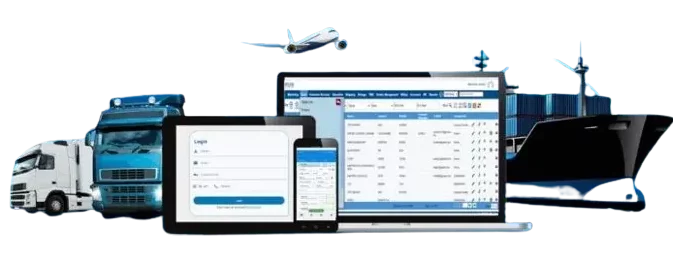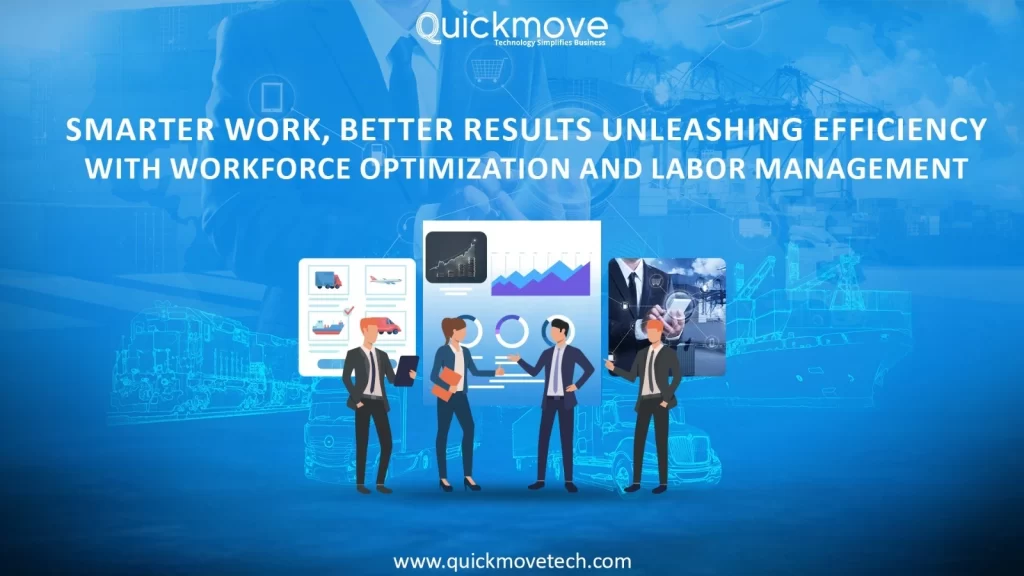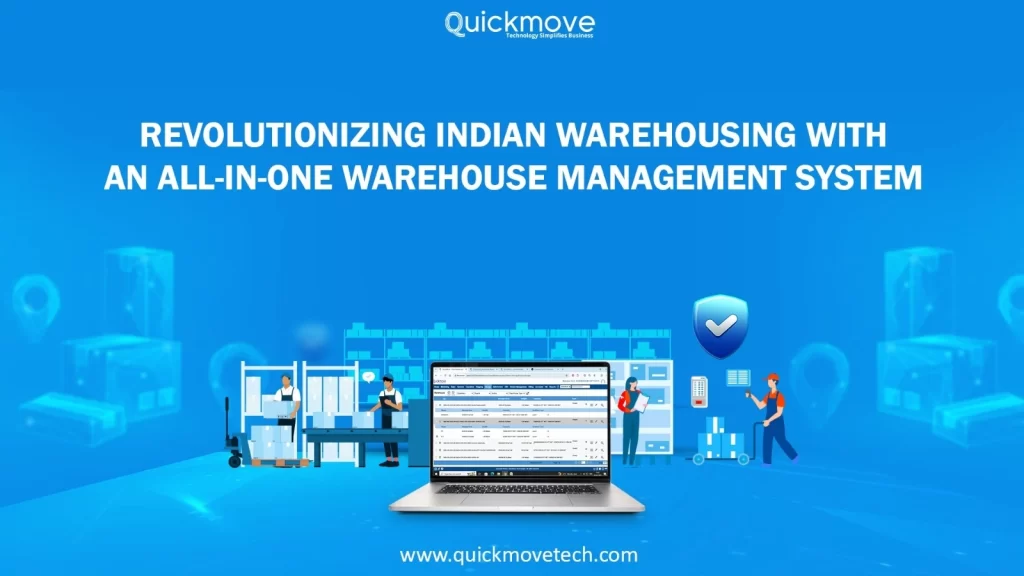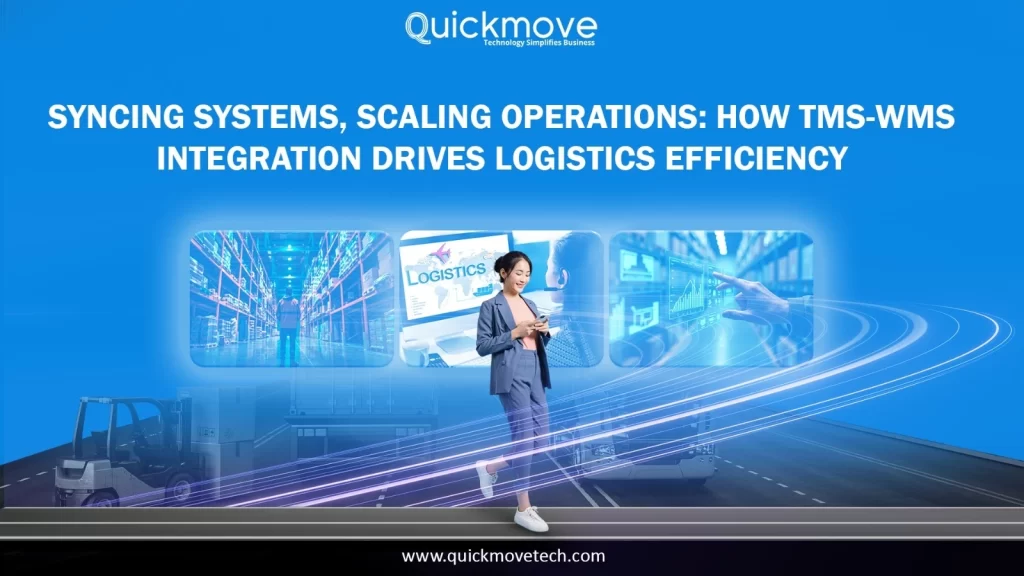In this fast-paced business era, being efficient is what makes a business succeed. This is particularly the case for industries that function on many individuals to accomplish tasks, such as manufacturing, logistics, retail, or healthcare. If you’re a business owner or manager, chances are you’ve heard of terms “Labor Management” and “Workforce Optimization.” But exactly what are they, and how can they benefit your business, especially in settings such as a warehouse?
What is Labor Management?
Consider Labor Management to be the science and art of managing all things to do with your workers’ job. It’s ensuring that you have the right number of people, with the right skills, in the right location, at the right time, to perform the right work. For a warehouse, it’s having the right number of people working receiving, put-away, picking, packing, shipping at any point in time.
It encompasses a wide variety of areas, some of which are:
- Scheduling: Who is on at what time? What is their shift? Do you have enough staff for the busy periods (such as when shipping is likely to be heavy) and not too many during slow times?
- Time & Attendance: How do you properly record when employees begin and end their work, breaks, and time off? It is vital for payroll accuracy and compliance.
- Task Management: What are the specific tasks each employee must perform (e.g., “pick order #123,” “unload truck #45”)? How long should each task reasonably take?
- Performance Tracking: How are employees performing on the job? Are they achieving productivity levels, such as units picked per hour or orders packed?
- Compliance: Are you complying with all labor regulations and laws for working time, breaks, and compensation?
At its core, Labor Management is about the everyday doing of managing your workforce. It’s about creating the organization of how work gets accomplished well.
What is Workforce Optimization (WFO)?
Whereas Labor Management is all about getting the day-to-day done, Workforce Optimization (WFO) is all about stepping back and making it all better and smarter. It’s all about leveraging data, technology, and smart tactics to maximize the potential of your workforce while keeping them engaged and productive. WFO is more than just managing to schedule it’s about optimizing overall operational output.
WFO is not merely about reducing expenditures it’s about investing wisely in managing your staff to achieve improved outcomes. It typically involves:
- Forecasting & Planning: Applying past data (such as previous order volumes, incoming shipments, or sales projections) to forecast upcoming staffing requirements. For instance, when you’re expecting an increase in e-commerce orders, WFO assists you with planning for staffing levels for your warehouse floor several weeks ahead of time.
- Automated Scheduling: Creating ideal schedules through smart software taking into account employee availability, expertise, and immediate workload requirements, reducing expensive overtime and maintaining consistent staffing.
- Real-time Performance Monitoring: Observing what is happening with warehouse work as it occurs so you can make adjustments in a hurry. If an overdue picking crew needs help, you can redistribute resources or assist at once.
- Skills-Based Routing/Assignments: Directing particular tasks (e.g., forklift operation, handling hazardous materials) to workers who are most qualified to perform them according to their certifications and experience. This enhances efficiency and safety.
- Employee Engagement & Development: Examining the attitudes that employees have towards their work, determining training requirements (possibly in a new Warehouse Management System feature), and offering opportunities for advancement. Engaged, competent employees are more productive and remain on the job longer.
- Analytics & Reporting: Drawing on data from all of these areas, usually extracted from a Warehouse Management System (WMS), to gain insight into what is going well, what isn’t, and where to make improvements in your operations.
The Role of a Warehouse Management System (WMS)
A Warehouse Management System (WMS) comes in handy here. Although a WMS mainly controls the flow and storage of products inside a warehouse, it also produces precious information regarding labor activities. For example, a WMS monitors the time it takes to pick a product, put away a pallet, or fill an order. This fine-grained data is gold for WFO.
When integrated, a WMS provides the “what” and “where” of tasks, while WFO leverages that data to optimize the “who” and “when.” This synergy allows for:
- Accurate Standard Times: The WMS helps establish realistic times for tasks, which WFO uses for scheduling.
- Performance Benchmarking: Compare actual performance against WMS-tracked targets.
- Intelligent Task Assignment: Assigning tasks from the WMS directly to the most suitable employee based on WFO insights.
Why Are They Important Together?
Workforce Optimization and Labor Management are two sides of the same coin, and especially when combined with a WMS. You can’t really optimize your labor force without sound labor management practices. And managing your labor without optimizing it is leaving a lot of efficiency and potential behind.
Here’s why they’re so important for your company:
- Cost Savings: Lower overtime, decreased labor expenses, and enhanced productivity.
- Increased Productivity: Improved resource use, less idle time, and more defined expectations translate to greater output.
- Enhanced Customer Satisfaction: Sooner service and superior results due to streamlined processes and staffing.
- Improved Employee Morale and Retention: More equitable workloads, enhanced work-life balance, and growth opportunities result in happier, more productive employees.
- Better Compliance: Computerized rules and sound records eliminate legal liabilities.
Conclusion
Labor Management and Workforce Optimization, and especially when driven by the data of a strong Warehouse Management System, are no longer buzzwords. They are business necessities for any company wanting to succeed in an open marketplace. By smartly managing your most important asset—your people—you can not only reduce costs and increase productivity but also build a happier, more engaged workforce and ultimately, happier customers. It is about smart work, not hard work, and tapping into the potential of data and technology to really drive operational excellence.




